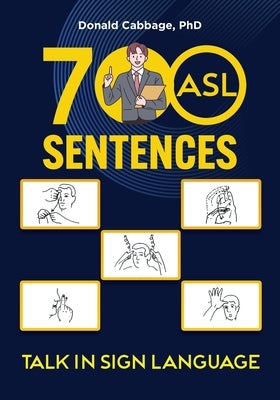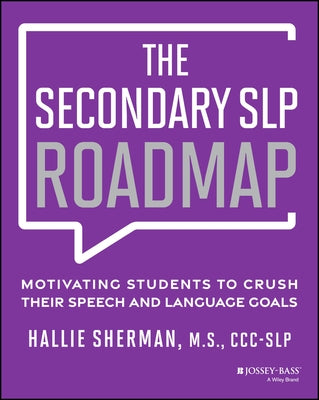Sale 10% Off Your First Order
Sale 10% Off Your First Order
Movies & TV
Toys & Collectibles
- Home
- Curriculum-based Speech Therapy Activities: Volume II: Pre-K / Kindergarten English and Spanish Edition
Description
Save time planning for therapy and increase your client and student outcomes by using curriculum-based intervention. Curriculum-based intervention materials can simultaneously enrich language and teach academic concepts. This volume contains 150 pages of activities focusing for the academic concepts: Growing Things, Food, Weather, Places we Go, Transportation, and Insects.WHY IS USING CURRICULUM-BASED THEMES IMPORTANT TO SPEECH PATHOLOGISTS?The majority of students who receive speech therapy spend thirty minutes or one hour per week with their speech therapist. This equates to approximately 3% of a child's academic day. That means that the majority of her time is spent with parents and her teacher. We also know that the more ways (multi-modal) and times (opportunities) a child practices a skill, the more she will be successful. By using classroom themes we not only access the vocabulary topics, but also provide a way for the child to practice newly acquired communication skills on a topic that she is familiar with. Plus, the homework provides greater communication opportunities on each theme through interactions with the parent. INTERVENTION WITH YOUNG STUDENTS IS SUCCESSFUL WHEN IT: - Aligns to curriculum- Is multi-modal- Hands-on, table-time, floor time, - Has buy-in from all educational professionals- Increases parent involvement- Can be used in a variety of settings - Full-day, half-day, in-classroom, group therapy, and individual therapy- Takes into consideration second-language influence and low socio-economic status THIS IS EXACTLY WHAT THESE MATERIALS PROMISE TO DO.These lesson plans were developed by a group of bilingual speech-language pathologists who provide therapy services to young children and their families through home- and school-based programs. The goal of many young classrooms is to provide early intervention in order to reduce the need for future services and improve academic outcomes later on. In this model, it is not uncommon for the speech-language pathologist to see a student in individual or group settings using therapy materials which are chosen solely with the child's goals in mind. While this paradigm works well for a handful of students, we found that greater gains can be made when therapy aligns to the curriculum and when parents can interact with a child based on what they bring home from school. By using the classroom themes we not only access the rich vocabulary from the classroom but also provide a way for the child to practice newly acquired communication skills on familiar topics. Plus, parent summary letters ensure greater communication opportunities on each theme through interactions with the home.
About the Author
Scott has been working as a bilingual speech pathologist since 2004 and is the Vice President of Bilinguistics Speech and Language Services in Austin, Texas. He has worked in Early-Childhood Intervention and currently serves bilingual children in the schools and clinic setting. His research focuses on developing protocols, materials, and professional development to better serve special population such as Autism, VPI, and second-language learners. Scott has presented to Speech-Language Pathologists nationally and internationally, and translates for the Spanish-speaking community in Austin. His recent focus has been on the correct identification and evaluation of special education populations.
About the Author
Scott has been working as a bilingual speech pathologist since 2004 and is the Vice President of Bilinguistics Speech and Language Services in Austin, Texas. He has worked in Early-Childhood Intervention and currently serves bilingual children in the schools and clinic setting. His research focuses on developing protocols, materials, and professional development to better serve special population such as Autism, VPI, and second-language learners. Scott has presented to Speech-Language Pathologists nationally and internationally, and translates for the Spanish-speaking community in Austin. His recent focus has been on the correct identification and evaluation of special education populations.
Related Products
You May Also Like
-
$12.99 $14.99
Recently Viewed Products
Related Products
Recently viewed products
Shopping cart
close
-
WHAT ARE YOU LOOKING FOR?Search
- Home
- Movies & TV
- Music
- Toys & Collectibles
- Video Games
- Books
- Electronics
- About us
- Castle Chronicles
- Contact us
- Login / Register







